SFOT (Surgically Facilitated Orthodontic Therapy) Video Library
Thinking about orthodontic treatment but told you don’t have enough bone support? SFOT might be the game-changer you need. In this playlist, our periodontists in Washington, DC and Bethesda, MD walk you through Surgically Facilitated Orthodontic Therapy (SFOT) and why it’s used to enhance orthodontic results. Learn how SFOT strengthens the foundation of your teeth, improves bone architecture, and helps make orthodontic movement faster, safer, and more predictable.
Think of your teeth and jawbone like a house and its foundation. If you want to move walls or expand rooms, you need to ensure the foundation is strong enough to support those changes. SFOT (Surgically Facilitated Orthodontic Therapy) works the same way. SFOT prepares and strengthens the foundation (your bone and gums) so your teeth can move more efficiently and safely during your orthodontic treatment (braces or clear aligners).
By creating a stronger foundation, SFOT ensures smoother, faster, and more effective tooth movement. Paired with soft tissue or bone grafting when needed, SFOT not only optimizes your orthodontic results but also helps preserve bone density and support overall oral health.
Moving teeth without preparing the gums and bone first can lead to gum recession, bone loss, and even longer treatment times for some patients. That’s where SFOT (Surgically Facilitated Orthodontic Therapy) comes in—your secret weapon for a faster, healthier, and more stable path to a straighter smile. You might benefit from SFOT if you have:
- Narrow arches or crowding
- Gum recession or thin gum tissue
- Bone loss
- Thick bone that resists tooth movement
- Significant tooth movement needed
- A tight timeline and want faster results
SFOT gently prepares your mouth for orthodontics, reducing risks and accelerating progress—so your smile looks amazing and lasts longer.
This patient had severe crowding. In many offices, the answer would’ve been: “You’re not a candidate for Invisalign.” But with SFOT (Surgically Facilitated Orthodontic Therapy), we were able to expand the jaw, create space, and stabilize the gums and bone so Invisalign could work — and work faster.
By pairing Invisalign with SFOT (Surgically Facilitated Orthodontic Therapy), we were able to:
- Create the space needed for the teeth to move
- Reduce the Invisalign treatment time from 2.5 years to 10 months
- Upright and widen the arch for better function and airway health
- Strengthen the gum and bone foundation to help prevent future recession
SFOT is helpful when teeth need more room to move. It allows us to expand and make space in a way that is difficult to achieve with aligners alone. For this patient, their teeth were overlapped and tilted inward, creating a narrow, V-shaped arch. After SFOT and just 10 months in aligners, we not only straightened the teeth but created a wider, healthier U-shaped arch with more room for the tongue and better long-term stability.
How did we cut this patient’s Invisalign treatment time in half while also treating his gum recession? The answer: SFOT (Surgically Facilitated Orthodontic Therapy).
This patient came to us with gum recession all over and thin bone. His dentist was hesitant to move the teeth because shifting them without addressing the thin bone and gum tissue would have made the recession worse. Instead, we combined SFOT with Invisalign to strengthen his bone and gums before tooth movement — allowing us to safely and efficiently complete treatment in just 3 months instead of 6–9 months.
By thickening the bone and gum tissue, we not only reduced treatment time but also covered exposed roots and prevented future recession. SFOT is a combined approach where the periodontist and orthodontist work together to prepare and strengthen the foundation (the bone and gums) before moving the teeth. This allows for faster, safer, and more stable results — especially in patients with thin tissue or existing recession.
After treatment, this patient’s roots are now covered, his gum tissue is healthy, and his alignment is corrected — all in half the time of traditional Invisalign.
This patient came to us in the middle of her Invisalign treatment. Although her teeth were realigning, she was still unhappy with her gummy smile and wanted her lower teeth to show when she smiled.
To get her there, we created a comprehensive plan that included SFOT (Surgically Facilitated Orthodontic Therapy), Aesthetic Crown Lengthening, and ongoing Invisalign collaboration with her general dentist.
- Step 1: SFOT to accelerate and improve orthodontic movement: She had thick buttressing bone that wasn’t supporting her teeth and was actually interfering with her bite.We reshaped that bone and performed small cuts to help the aligners work more efficiently.As a result, her Invisalign treatment time dropped from 12 months to only 7, and the movements were more predictable.
- Step 2: Aesthetic (Anatomical) Crown Lengthening: Next, we performed aesthetic (anatomical) crown lengthening on both the upper and lower teeth. This procedure reshaped the gums and underlying bone to expose more of her natural tooth structure. This is the treatment that corrects a gummy smile and restores balance between the teeth and gums.
With the combination of SFOT, crown lengthening, and Invisalign (with her general dentist), we were able to create a smile that looks brighter, more balanced, and more natural from every angle.
Thinking about Invisalign? Don’t skip this step. If your gums are already thin or your bone is weak, moving teeth with Invisalign can sometimes make things worse, leading to gum recession. That’s where SFOT (Surgically Facilitated Orthodontic Therapy) comes in. It strengthens the gum and bone before moving the teeth, which helps minimize the risk of recession down the road and sets your smile up for long-term health.
If you’re considering Invisalign, make sure a periodontist is part of your team. We can evaluate your bone and tissue first and help set you up for a healthier, more stable result.
Here’s your post-op menu on what to eat and what to avoid!
- Day 1-2: Stick to cold, soft things like ice cream, smoothies, and yogurt.
- Days 3-7: Move to soft, room-temperature foods like mashed potatoes, scrambled eggs, and oatmeal.
Rule of thumb: If you can smash it with a fork, you can eat it. Steamed carrot? Yes. Raw carrot? Not yet.
Avoid foods that are crunchy, sticky, spicy, or have seeds or small particles (chips, sesame seeds, quinoa, popcorn). No alcohol, smoking, drinking from a straw, or chewing on the surgical site.
Can a bone graft be done before a gum graft? The short answer: not for this patient. Growing bone vertically is unpredictable and difficult, so our focus for this patient was to thicken the gum tissue to help prevent future bone loss.
However, there is a procedure called SFOT (Surgically Facilitated Orthodontic Therapy). It combines orthodontic treatment (such as Invisalign or braces) with both a bone graft and a gum graft in the same procedure. This helps rebuild and thicken the bone and gum tissue simultaneously — but it only works when orthodontic tooth movement is part of the treatment plan.
Since this patient wasn’t undergoing orthodontic therapy, she wasn’t a candidate for SFOT, so we focused on strengthening the gums. If you have thin bone or gums and are considering orthodontics, SFOT may be an excellent option for you. Schedule a consultation with us to learn more about this innovative, regenerative approach to smile health.
Dr. Yousefi shares a powerful before-and-after of a gum graft — a procedure used to treat gum recession and protect your teeth for the long haul. When gums recede, they expose the roots of your teeth, leading to sensitivity, increased risk of decay, and even bone loss. Left untreated, this can compromise the stability of the tooth over time. A gum graft helps restore lost tissue, protect the tooth root, and preserve the long-term health of your teeth — keeping them safer and longer-lasting in your mouth. This patient now has healthier gums and stronger support for their smile.

You can also check out our YouTube Channel: https://www.youtube.com/@DistrictDentalSurgery
Our Transformative Results
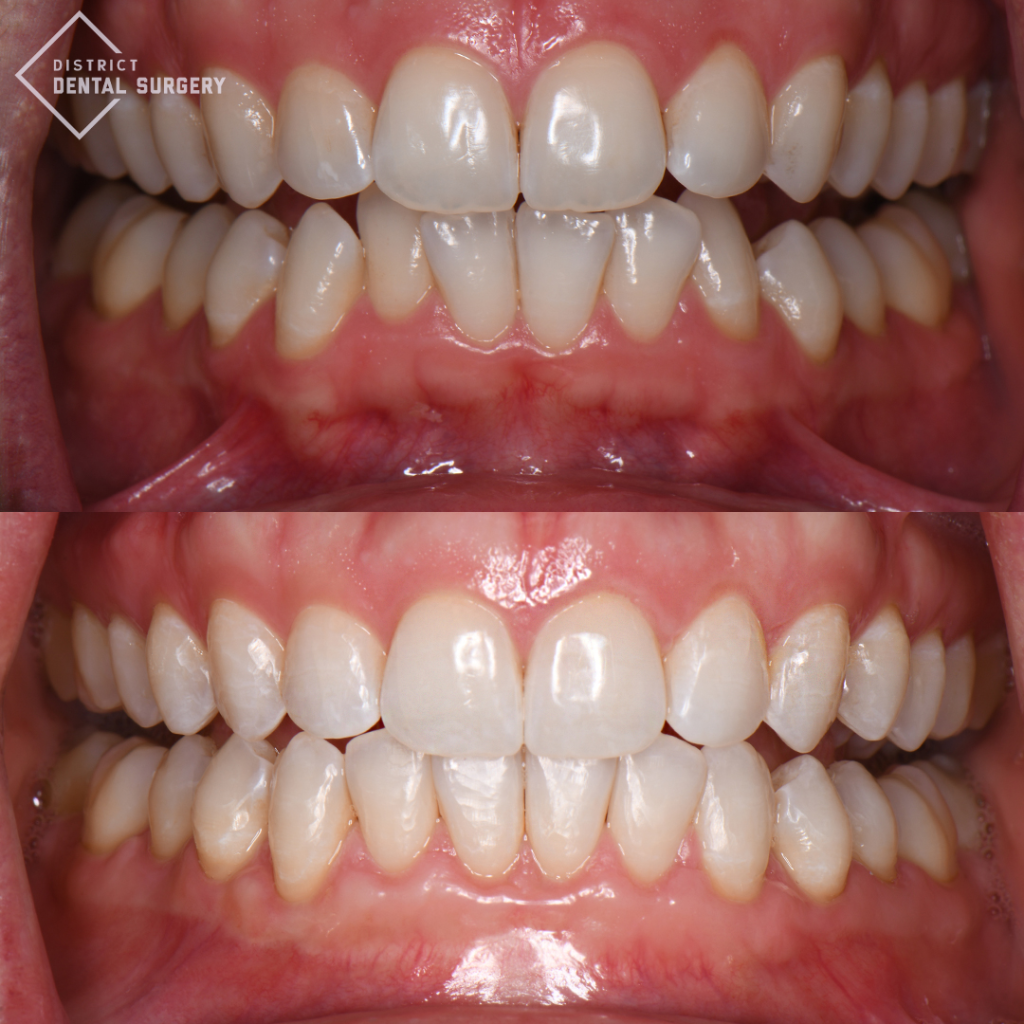
SFOT

SFOT
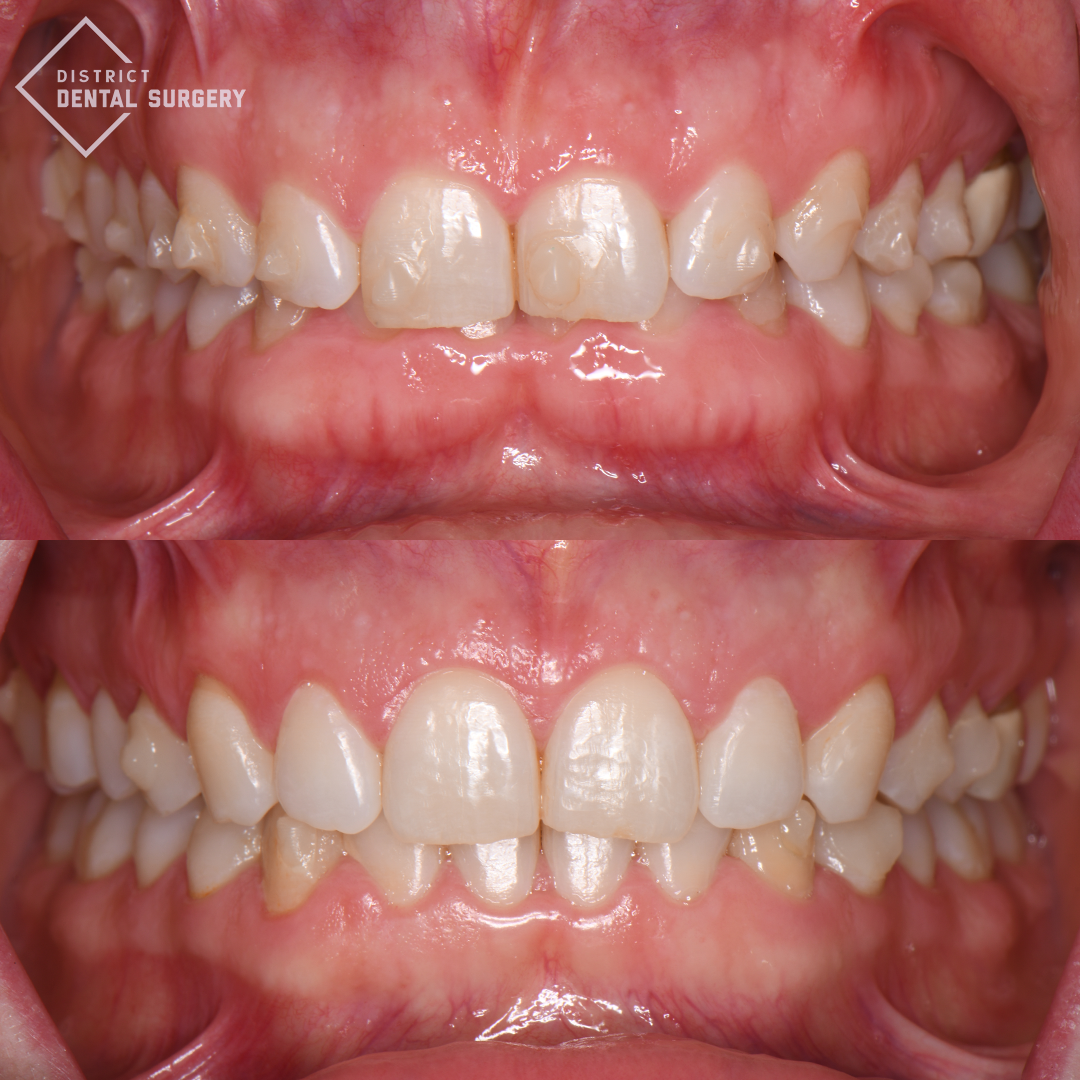
SFOT

SFOT

SFOT

SFOT

SFOT

SFOT
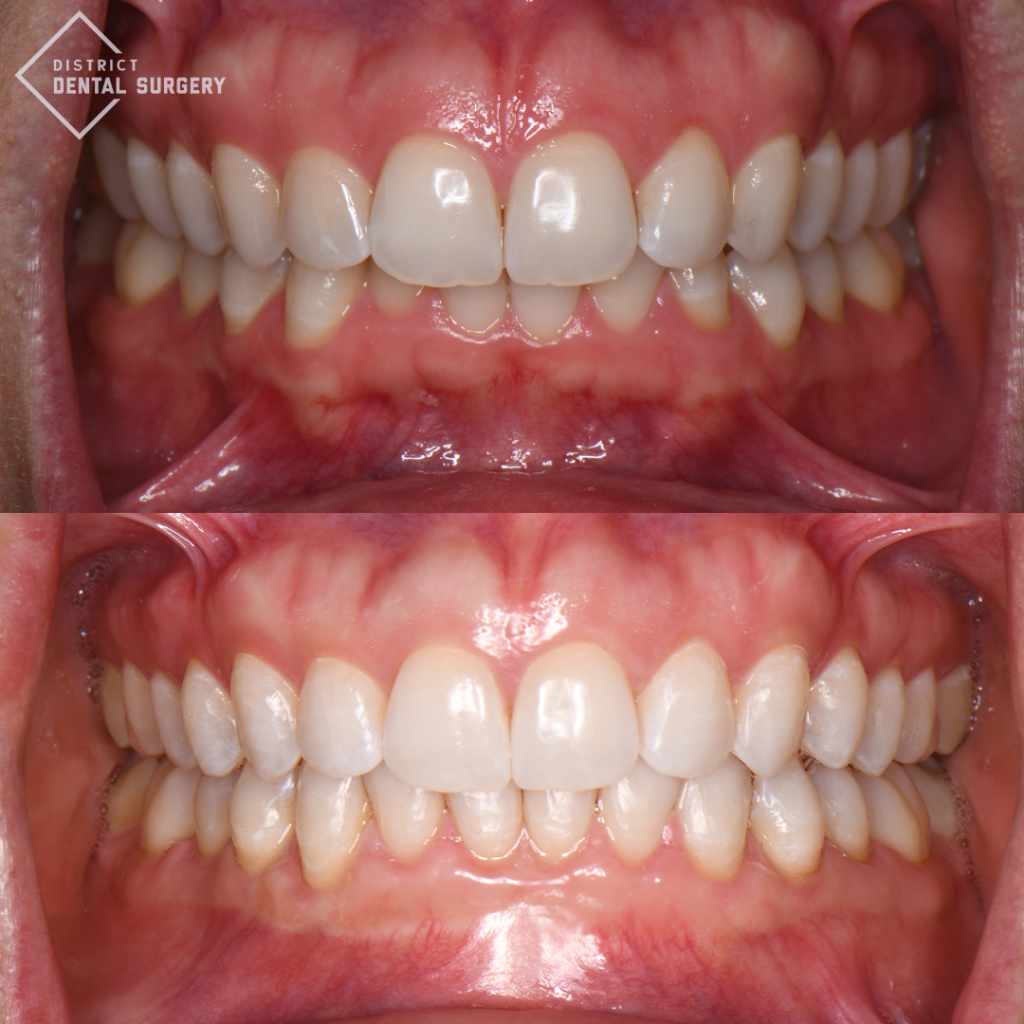
SFOT

SFOT

SFOT
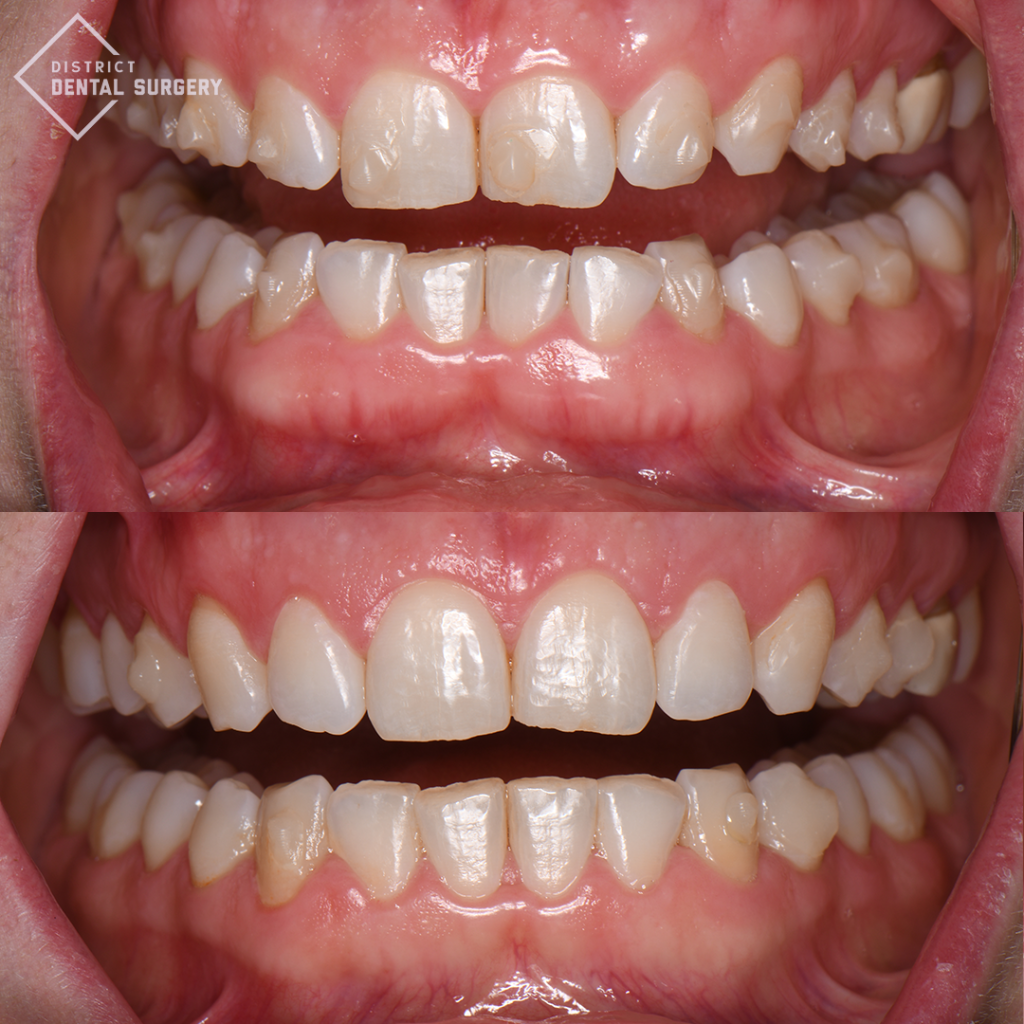
SFOT

SFOT
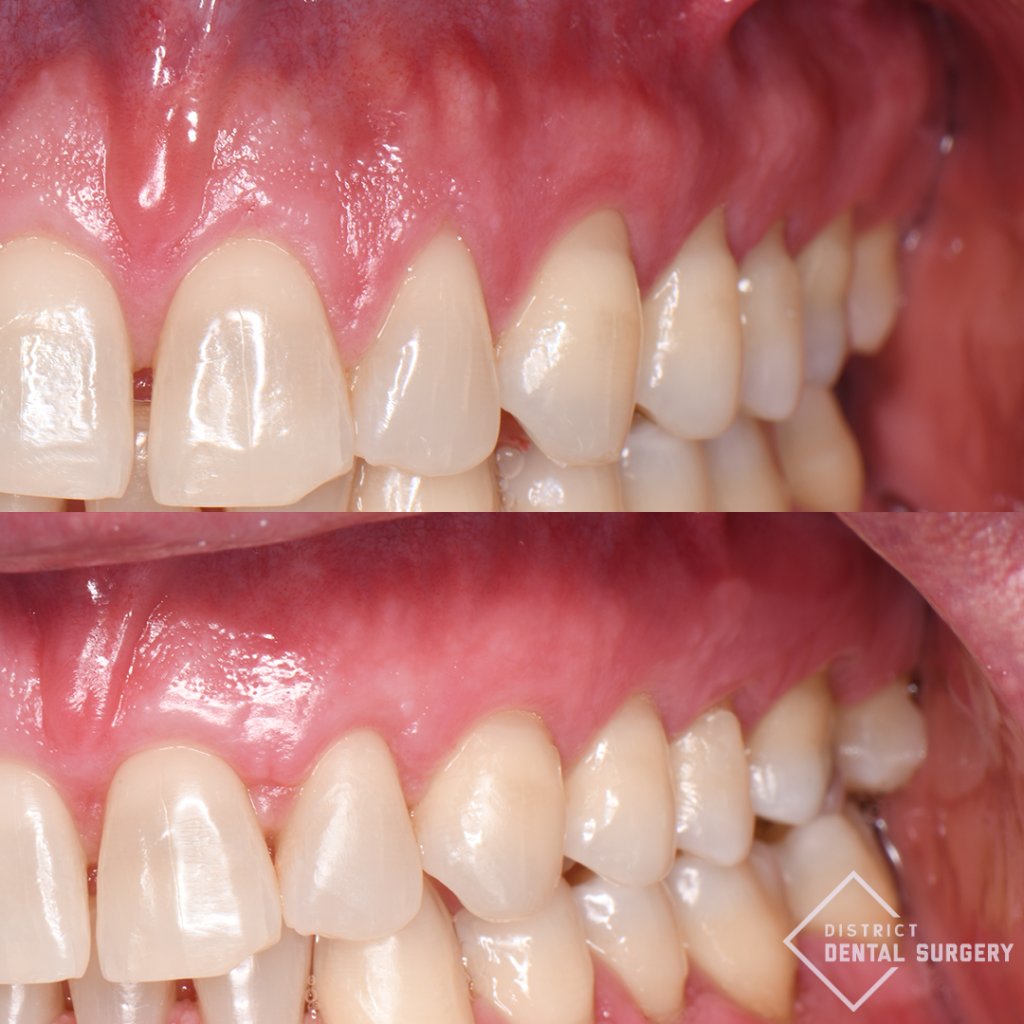
SFOT

SFOT

SFOT

SFOT

SFOT

SFOT

SFOT
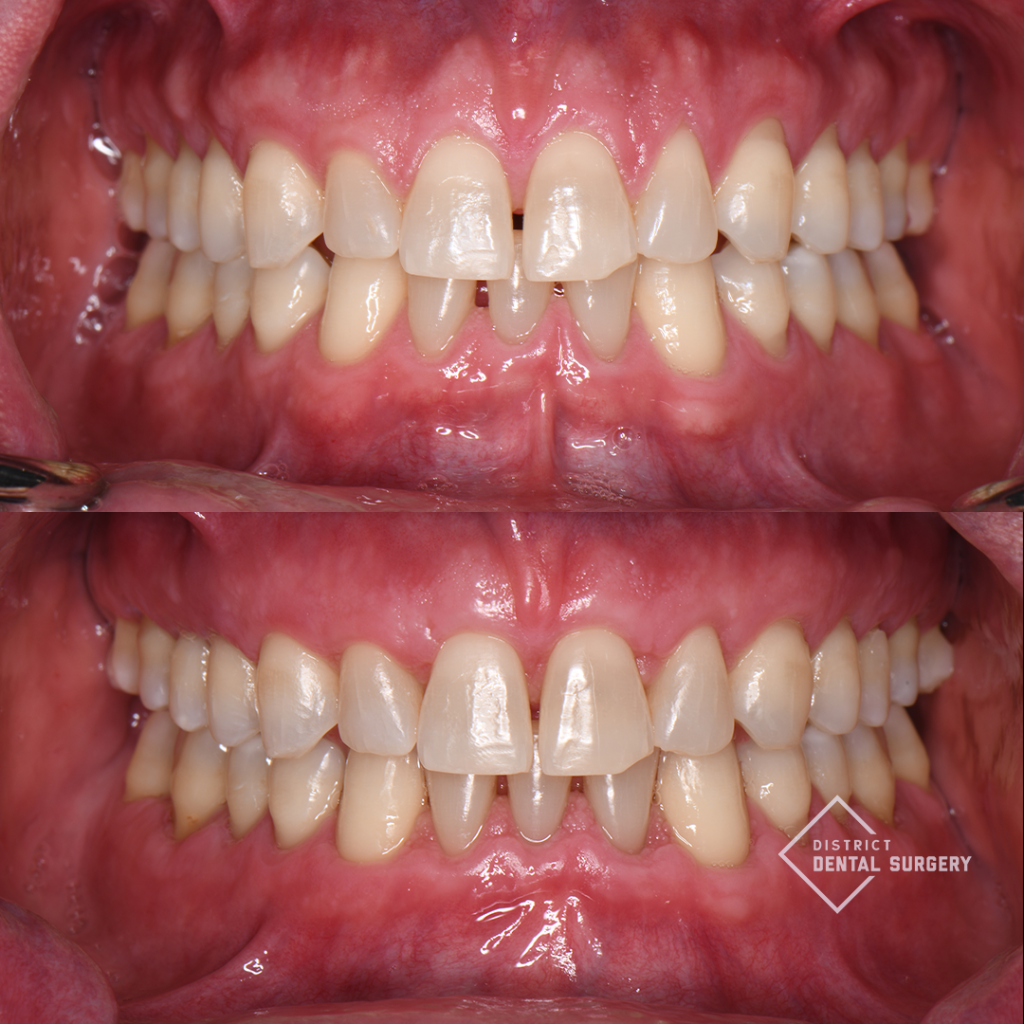
SFOT

SFOT

SFOT

SFOT

SFOT
Why Choose District Dental Surgery?
At District Dental Surgery, our board-certified periodontists specialize in advanced gum procedures using the latest technology. Patients from Washington, DC and Bethesda, MD choose us for our precision, expertise, and compassionate care. We focus on protecting your natural teeth, restoring gum health and aesthetics, minimizing discomfort with modern techniques, and creating long-term, natural-looking results.
